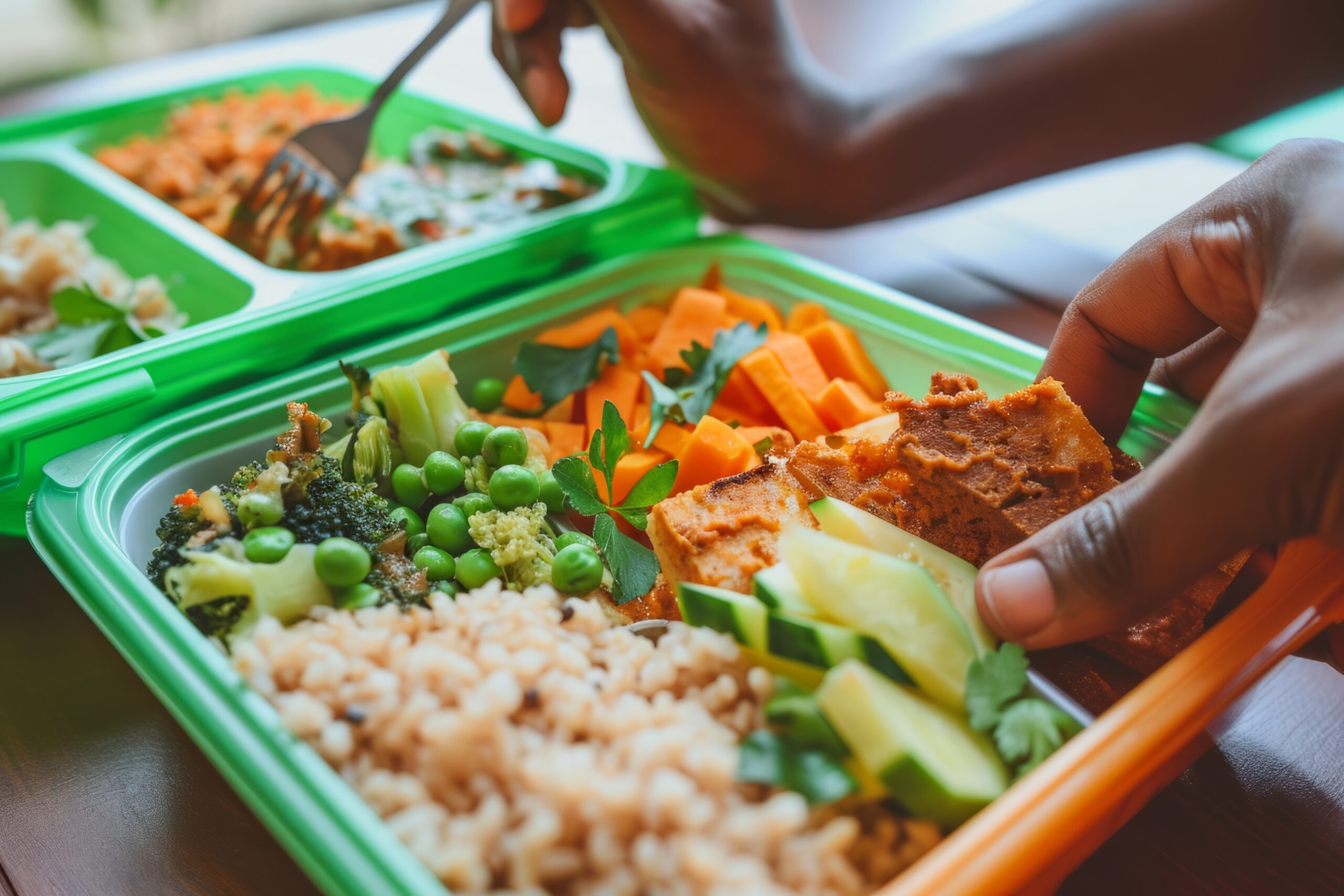
Meal prepping has become one of the most popular food trends, and for good reason. It’s a practical, time-saving approach to cooking that helps stretch your budget, reduce food waste, and take the stress out of daily meal decisions. While it’s encouraging to see more people embrace this method, many still feel unsure about where to begin or worry that it’s too overwhelming. This guide is designed to break down the basics of meal prep, clear up any confusion, and show just how simple and rewarding it can be.
There’s no better time to build or refresh a meal prep routine. Whether juggling work, school, or family responsibilities, having a plan in place for meals can bring a sense of order to even the busiest weeks. With the right strategy and a few go-to ideas, meal prepping can become a powerful tool for eating healthier, saving time, and staying on top of your schedule—all without spending hours in the kitchen.
Meal prepping is the practice of planning, preparing, and portioning meals ahead of time, typically for several days at once. Instead of cooking each meal from scratch every day, you batch-cook recipes or prep key ingredients so they’re ready to grab and go throughout the week. Whether it’s making full meals, chopping vegetables, or cooking proteins in advance, the goal is to save time, reduce stress, and stay on track with healthy eating.
If you’ve ever packed leftovers for lunch the next day, you’ve already done a small version of meal prep. But the full approach usually involves preparing three to seven days’ worth of food in one session. It’s like making your weekday lunches, breakfasts, or even dinners all at once, so you’re not scrambling each morning or resorting to takeout at night. You can prep complete meals or individual components—like roasted veggies, cooked grains, or sauces—to mix and match later.
Meal prepping doesn’t have to look the same for everyone. Whether you prefer fully prepared meals or simply having pre-cooked ingredients on hand, there’s a method that will match your lifestyle. Let’s explore two of the most common styles of meal prep—and how to make them work for you.
If you’re someone who doesn’t mind eating the same meal a few days in a row, batch-cooking full recipes can be a real time-saver. Instead of cooking something new every night, you cook once and eat multiple times.
How it works:
Pro Tip: To avoid food fatigue, save one portion in the freezer for a future week. That way, you’re not stuck eating the same thing several days in a row, and you’ve got a backup meal ready when you need it.
Prefer variety? Then, prepping ingredients instead of full meals may be your style. This approach involves preparing the building blocks of your meals ahead of time—think proteins, grains, and vegetables—so you can quickly assemble different dishes throughout the week.
Once your ingredients are ready, you can mix and match them into meals like:
You’re giving yourself a “build-your-own-meal” buffet in the fridge.
Even simple meal components can feel fresh and exciting with the right sauce. Prepping one or two homemade sauces each week can add variety and keep your meals from feeling repetitive.
There’s no one-size-fits-all approach to meal prepping. Whether you prefer having ready-to-eat meals or love the flexibility of assembling dishes from prepared ingredients, what matters most is choosing a system that works for your schedule, tastes, and goals. Start simple, stay consistent, and before long, you’ll wonder how you ever managed without it.